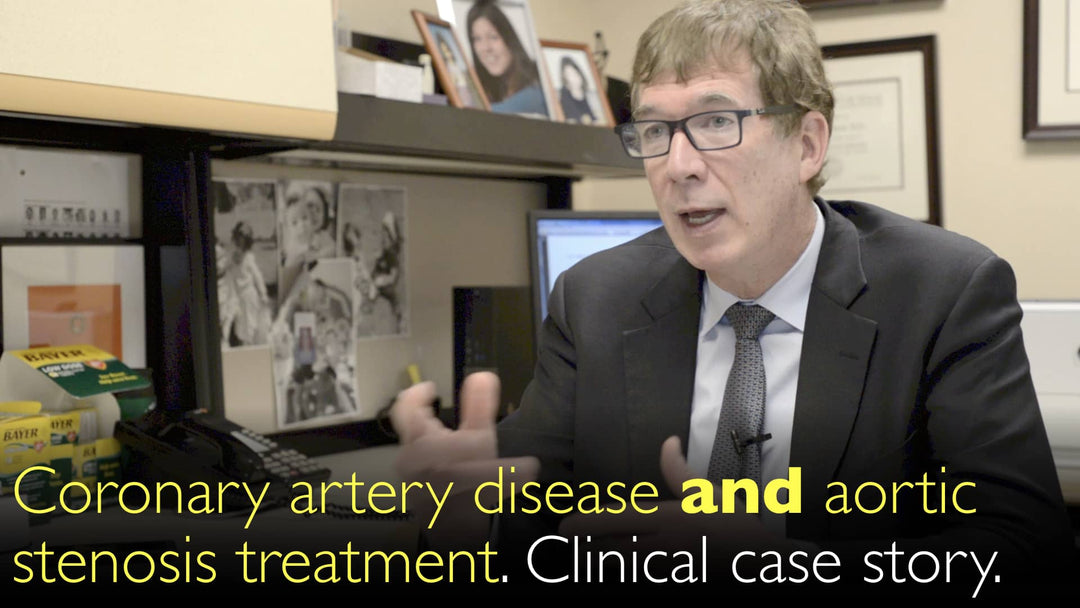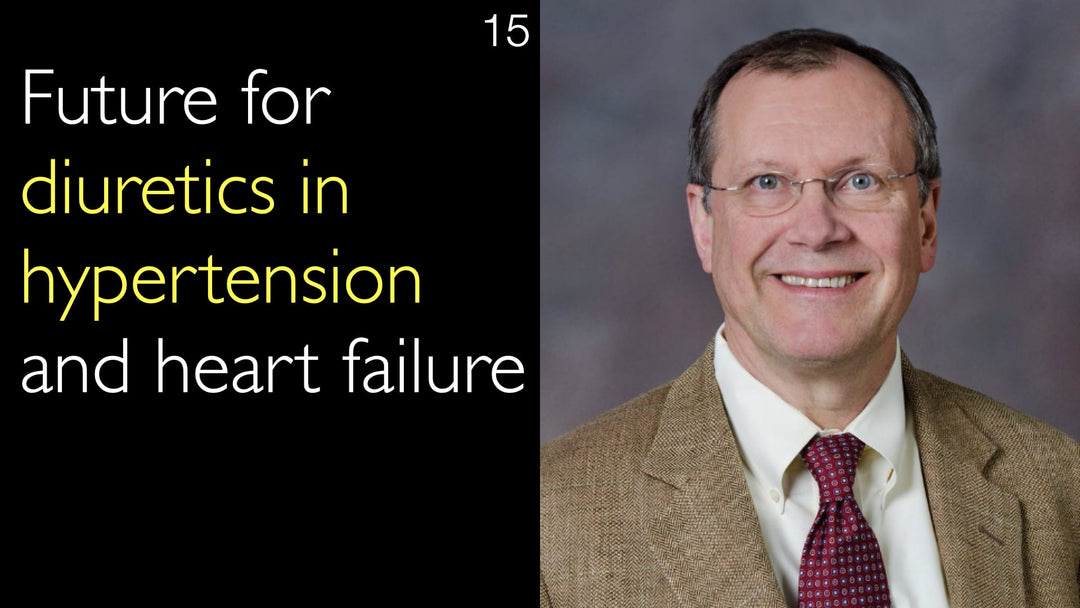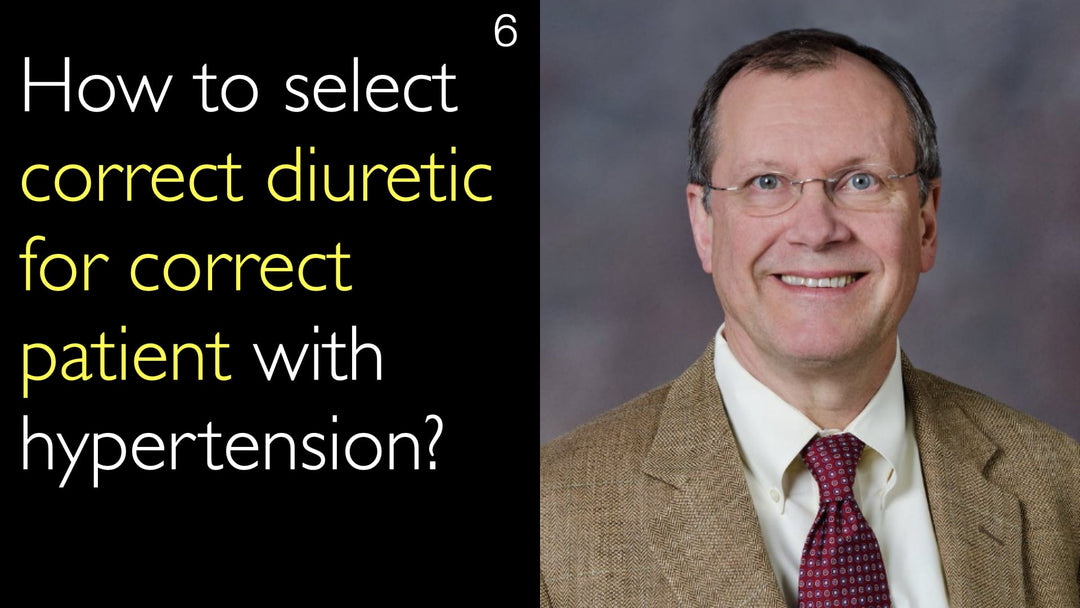Leading expert in interventional cardiology, Dr. Jeffrey Popma, MD, explains treatment strategies for patients with both severe aortic stenosis and coronary artery disease. He discusses a complex clinical case of an 85-year-old man. Dr. Popma details the decision-making process between prioritizing transcatheter aortic valve replacement (TAVR) or coronary stenting. He highlights how aortic valve replacement can improve coronary perfusion and reduce angina. Dr. Popma also reviews current guideline recommendations for managing these combined conditions.
Optimal Treatment Strategies for Combined Aortic Stenosis and Coronary Artery Disease
Jump To Section
- Combined Heart Disease Challenge
- Clinical Case Presentation
- Aortic Valve Replacement Benefits
- Coronary Revascularization Guidelines
- Treatment Decision Making
- Full Transcript
Combined Heart Disease Challenge
Treating patients with both aortic stenosis and coronary artery disease presents a significant clinical challenge. Dr. Jeffrey Popma, MD, describes this as one of the most data-free zones in modern cardiology. The central question involves the optimal sequence for addressing these two conditions. Clinicians must decide whether to perform coronary revascularization before, during, or after aortic valve replacement.
This decision carries profound implications for patient safety and long-term outcomes. Dr. Jeffrey Popma, MD, emphasizes the complexity of these cases during his discussion with Dr. Anton Titov, MD.
Clinical Case Presentation
Dr. Jeffrey Popma, MD, presents a representative case of an 85-year-old man with multiple cardiovascular issues. The patient had severe aortic stenosis alongside extensive coronary artery disease. His coronary anatomy included a critical 90% proximal to mid-level Left Anterior Descending (LAD) coronary artery occlusion.
The patient also presented with a 50% Right circumflex coronary artery occlusion. His symptoms included classic chest discomfort and significant shortness of breath. This case exemplifies the complex decision-making required when multiple cardiac conditions coexist in elderly patients.
Aortic Valve Replacement Benefits
Aortic valve replacement, whether through TAVR or open surgery, provides significant physiological benefits. Dr. Jeffrey Popma, MD, explains that relieving aortic stenosis improves coronary perfusion dramatically. This intervention results in a favorable reduction of left ventricular end-diastolic pressure.
The procedure also decreases myocardial oxygen demand throughout the heart. These combined effects often resolve angina symptoms without additional coronary intervention. Dr. Jeffrey Popma, MD, notes that this understanding has changed how aggressively clinicians approach coronary stenting in aortic stenosis patients.
Coronary Revascularization Guidelines
Current guidelines provide specific recommendations for managing concomitant coronary disease. Dr. Jeffrey Popma, MD, references guidance from the American College of Cardiology authored by Dr. Steve Ramee. These recommendations suggest coronary revascularization remains indicated for specific coronary lesions.
Proximal LAD coronary artery lesions and left main disease typically require intervention. Revascularization serves two primary purposes according to Dr. Popma. It enhances the safety of the subsequent aortic valve procedure. It also addresses potential coronary access issues that might arise after transcatheter aortic valve implantation.
Treatment Decision Making
The treatment sequence decision requires careful consideration of multiple factors. In the presented case, Dr. Jeffrey Popma, MD, and his team opted to address the coronary disease first. They implanted a long Synergy coronary stent in the critically blocked LAD artery.
This approach allowed them to stabilize the coronary circulation before undertaking the TAVR procedure. The patient was scheduled to return for transcatheter aortic valve replacement one month later. Dr. Popma acknowledges to Dr. Anton Titov, MD, that the optimal approach remains uncertain for these complex cases.
This case highlights the ongoing evolution in managing combined valvular and coronary heart disease.
Full Transcript
Dr. Anton Titov, MD: Patient with aortic stenosis and extensive coronary artery disease – how to select the best treatment option? Treat aortic valve first or start with coronary artery stenting? Is there a clinical case that you could discuss?
Dr. Jeffrey Popma, MD: Yes. I can leave you some uncertainties to what we are supposed to do. The most challenging and data-free zones in how we treat patients with heart disease every day is this. It is revascularisation of patients who have coronary disease and who have concomitant aortic stenosis.
Dr. Jeffrey Popma, MD: It is difficult to decide whether coronary artery disease treatment should be done before, during, or after the aortic valve replacement. I'll make up a case which isn't dissimilar from a case we had a couple weeks ago.
Dr. Jeffrey Popma, MD: 85 year-old man, generally healthy, has a very long 90% proximal to mid-level Left Anterior Descending coronary artery occlusion. The patient also has 50% Right circumflex coronary artery occlusion. He also has severe aortic stenosis. The patient has chest discomfort symptoms. He has shortness of breath.
Dr. Anton Titov, MD: This is what we know about aortic stenosis. It is new information.
Dr. Jeffrey Popma, MD: We can simply relieve the aortic stenosis with transcatheter aortic valve replacement, TAVI. Or we can do an open heart surgery to replace aortic valve. Then we know that we have a falling of the left ventricular end diastolic pressure.
Dr. Anton Titov, MD: This results in better coronary perfusion. This results in less myocardial oxygen demand. Those are all good things. The angina pectoris goes away.
Dr. Jeffrey Popma, MD: We have learned now that we do not have to be as aggressive with our coronary artery stenting procedures in patients with aortic valve disease. Because often the myocardium oxygen supply and the demand all change in a very favorable way. After we do the aortic valve replacement, oxygen supply to the heart improves too.
Dr. Jeffrey Popma, MD: However, in this particular case, the patient also had a 90% LAD coronary artery obstruction. Patients have left main proximal LAD coronary artery lesion or proximal right lesions. They are difficult to treat.
Dr. Jeffrey Popma, MD: Our current guideline recommendations are based on a guidance paper from the American College of Cardiology. It was authored by Dr. Steve Ramee. They suggest that perhaps coronary revascularisation should be indicated in those patients. Coronary artery stunting is indicated for two reasons.
Dr. Jeffrey Popma, MD: One reason is to make the procedure safer. This makes the aortic valve replacement procedure safer. Secondly, there may be problems with coronary access with our transcatheter aortic valves. Then getting coronary artery disease treatment done before aortic valve replacement is better.
Dr. Anton Titov, MD: It may be better than getting coronary artery stenting after aortic valve replacement.
Dr. Jeffrey Popma, MD: In this case we did the patient's LAD coronary artery stent therapy. We put a long Synergy coronary stent in, we opened up the coronary vessel. The patient will then come back in a month. We will do the TAVR procedure. We still have not figured out what the right option to do.
Dr. Anton Titov, MD: There is a combination of coronary artery disease and of aortic valve disease. That's certainly very interesting case. It is a very complex heart disease treatment case. Professor Popma, thank you very much for this very interesting conversation. We hope to come back to you with more questions in the future. I'm sure it will be very interesting for viewers around the world.
Dr. Jeffrey Popma, MD: Thanks for having me!







